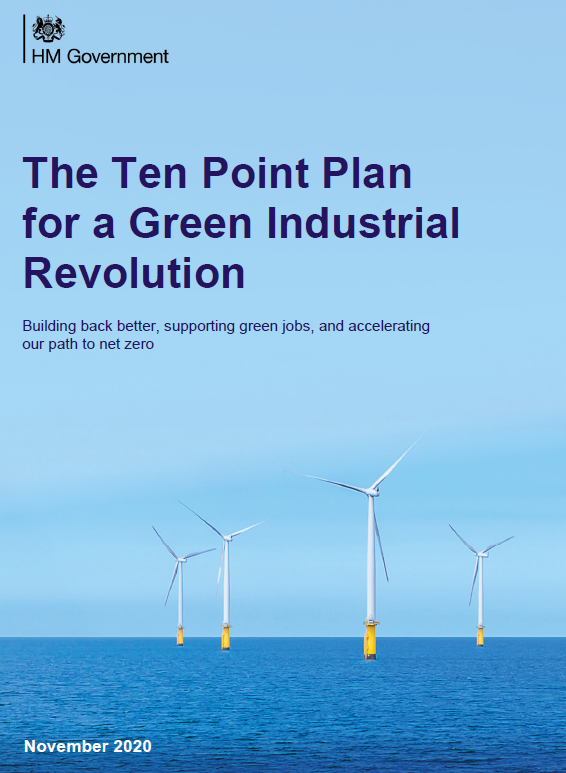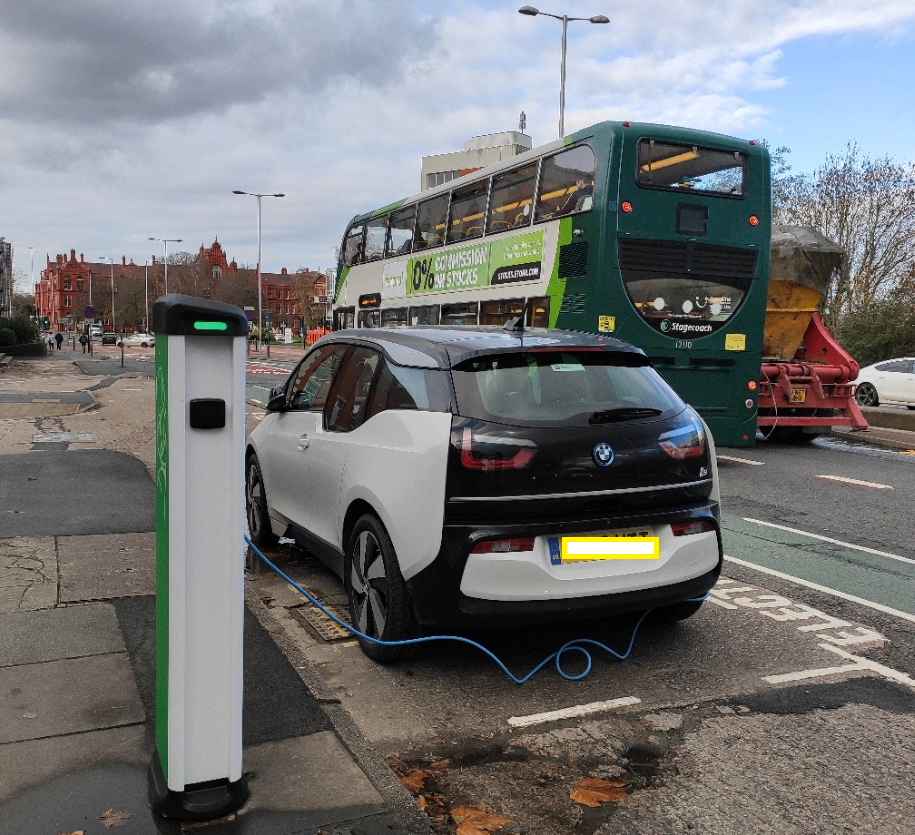The British government has released an ambitious plan to enhance the country’ fight against climate-change consequences. The plan calls itself “Green Industrial Revolution”. It will mobilize £12 billion of government investment, expecting to potentially reach three times as much from the private sector. The ten point plan aims as well to create and support up to 250,000 green jobs.

The ten points comprise:
- Advancing Offshore Wind
- Driving the Growth of Low Carbon Hydrogen
- Delivering New and Advanced Nuclear Power
- Accelerating the Shift to Zero Emission Vehicles
- Green Public Transport, Cycling and Walking
- Jet Zero and Green Ships
- Greener Buildings
- Investing in Carbon Capture, Usage and Storage,
- Protecting Our Natural Environment
- Green Finance and Innovation.
The chart shows GHG emissions in the UK in 2016, as provided by BEIS statistics.
As can be seen, the ten point plan actions are addressed to practically all the sectors responsible for the main gases emissions in the UK. However, mainly from the industrial point of view.
Promoting Electric cars and green energies
The Ten point plan encourages green energies, general industrial electrification and the use of nuclear energy.
The national and international press have particularly highlighted one of the policy decisions contained in the original plan:
To end the sale of new petrol and diesel cars and vans in the United Kingdom by 2030.
The UK is one of the world’s leading manufacturers of Electric Vehicles. The government aims to encourage that industry, reducing costs. They plan to invest £1.3 billion to accelerate the roll out of charging infrastructure, with more than 2,500 high-powered charge points.

However, this original plan has been recently scrapped. The government delays the ban of petrol cars until 2035.
The ten point plan follows, in principle the recommendations of the Committee on Climate Change (CCC), outlined in their expert report of 2019. The government’s plans have been updated, reducing the climate ambitions but keeping the net-zero goals for 2050.
The CCC outlined which policies should be changed to meet the net-zero target in the United Kingdom by 2050 or before. Although the ten point plan generally coincides with the CCC recommendations, there are some important issues not fully considered in the plan.
Energy efficiency in old buildings.
The CCC already warned about the difficulties to improve energy savings in heating buildings. This means more than 15% of the total UK’s GHG emissions. The Point 7 of the UK Government’s plan, “Greener Buildings”, aims moving away from fossil fuel boilers, reaching 600,000 heat pump installations per year by 2028. The Green Homes Grant and similar initiatives aim to support private investments. However, there is no guarantee homeowners will conduct such investments, as CCC warned. A large publicity campaign is needed, as well as a close follow-up from councils.

Agriculture and natural environment.
Agriculture is not only responsible for almost 10% of the British GHG emissions, but it might be also an important carbon sink. According to BEIS, 14.6 MtCO2 were extracted by British forest. It makes the national net emissions in 467.9 MtCO2.


The Ten point plan acknowledges the importance of forests as carbon sinks. However, they focus on creating new national parks rather than in changing land use from agricultural farms to forests. Instead, the CCC report remarks the absolute need of forestation and land use changes in order to meet the net-zero goal by 2050.
The CCC reports points out that The current reforestation rate is clearly not enough. They recommend finding incentives to farmers rather than leave reforestation in a voluntary basis.
The British government plan mentions the future Environmental Land Management (ELM) as the key instrument to promote actions in British farms such as tree planting.
However, the ELM won’t be ready in January 2021, when the country will leave the European Union and therefore the Common Agricultural Policy. Moreover, the ten point plan gives no indication on how the ELM and the expected grants to farmers will guarantee the necessary land use changes. It neither precise how to reach the required reforestation’s rate to meet the net-zero goal.

